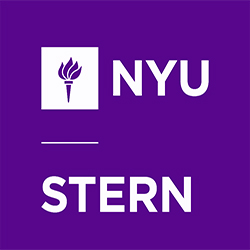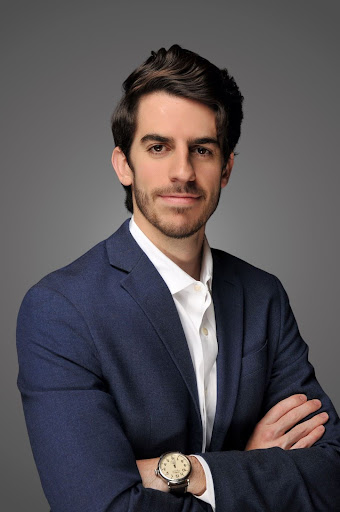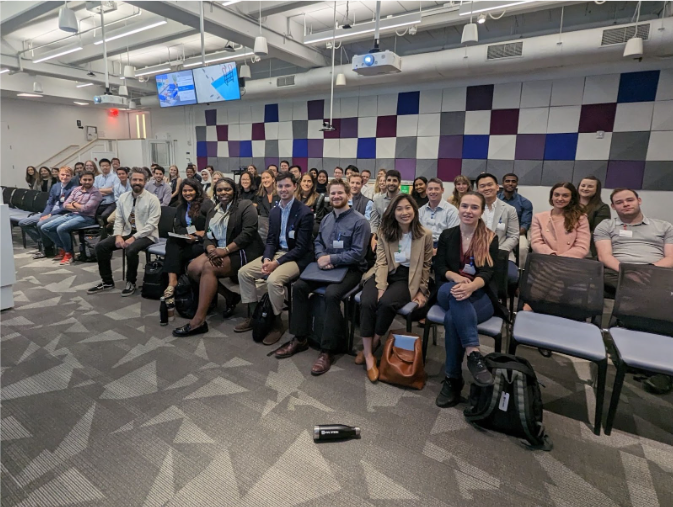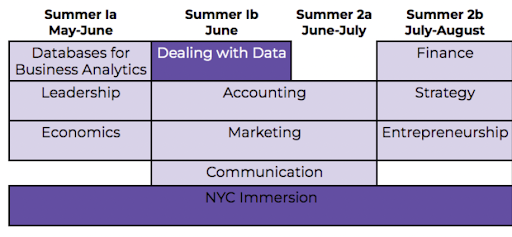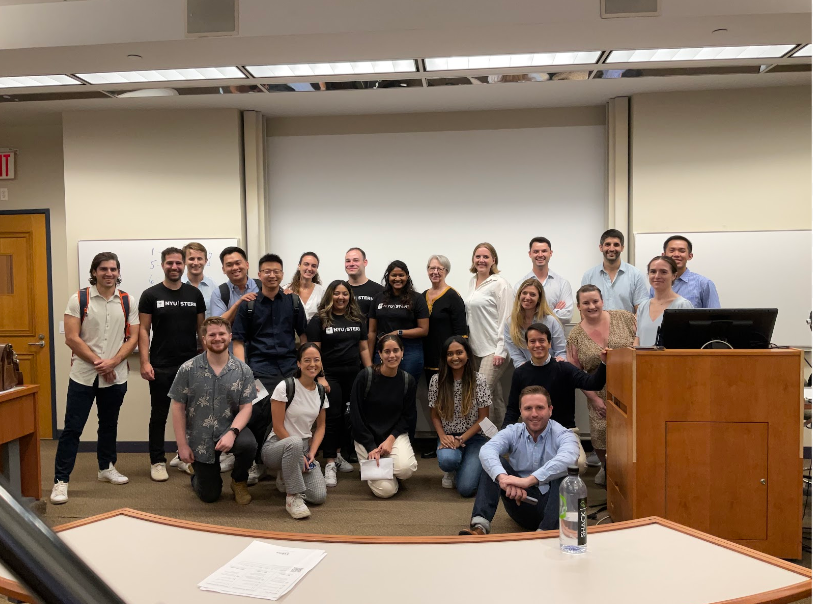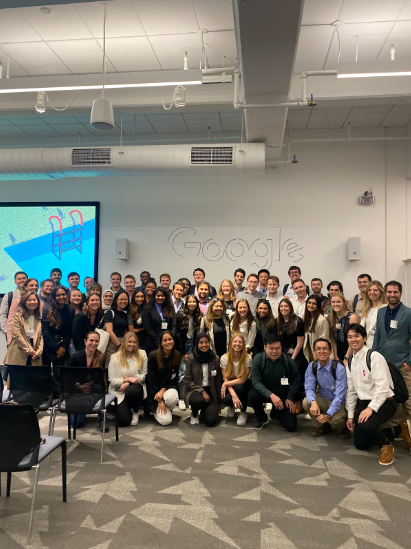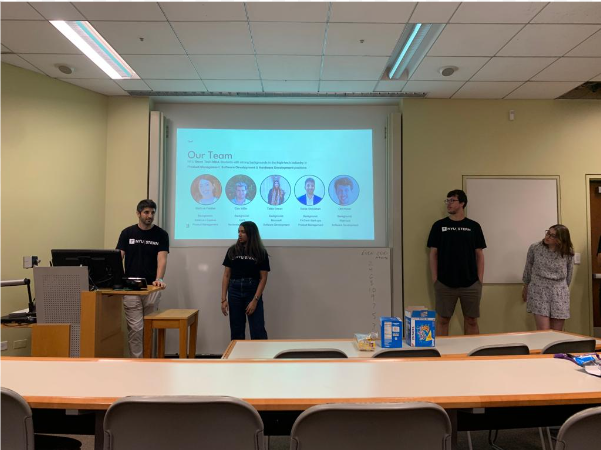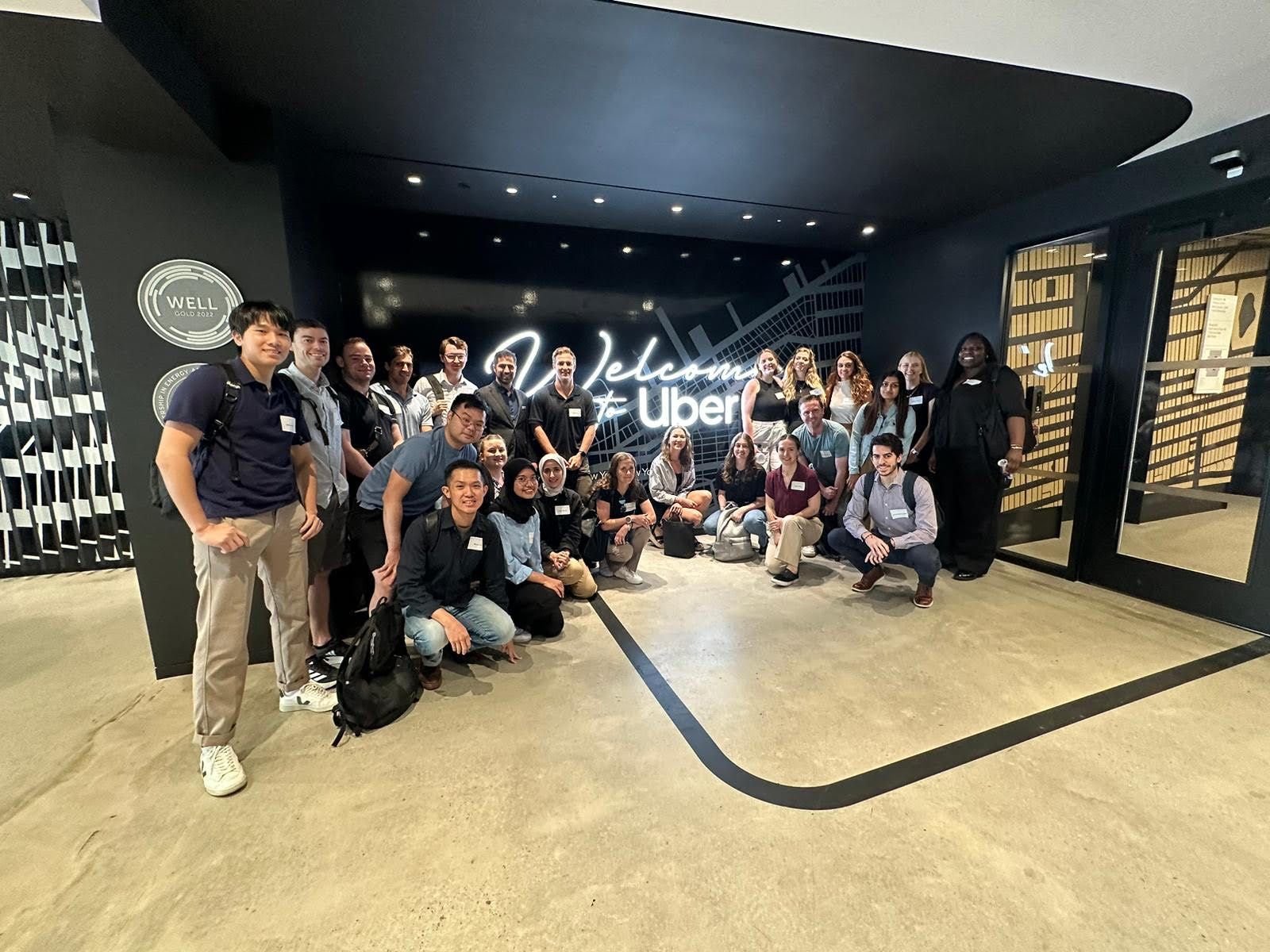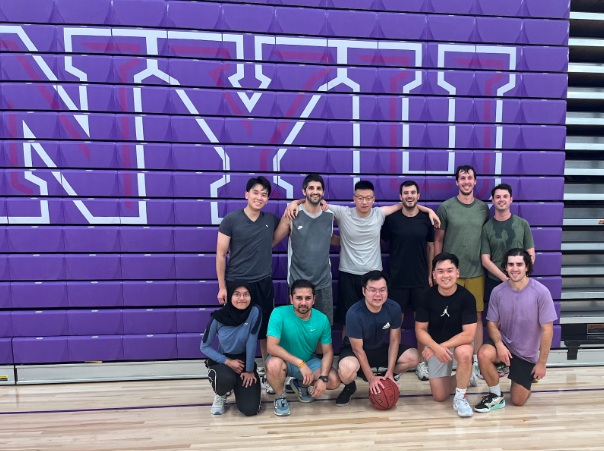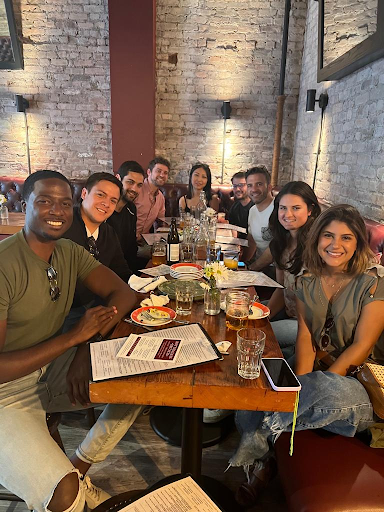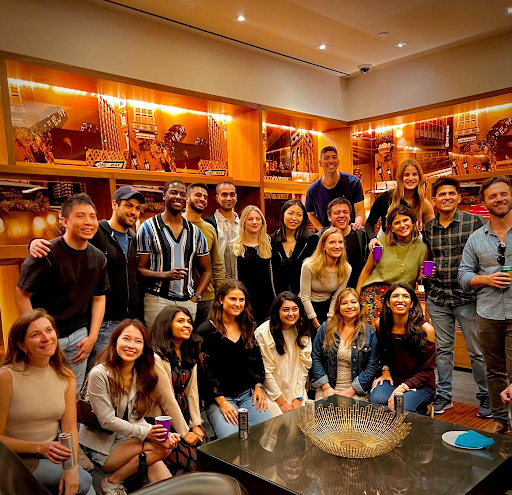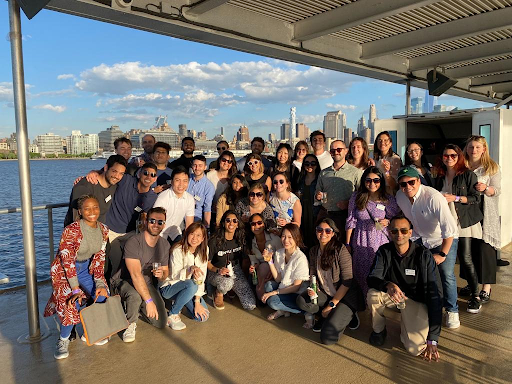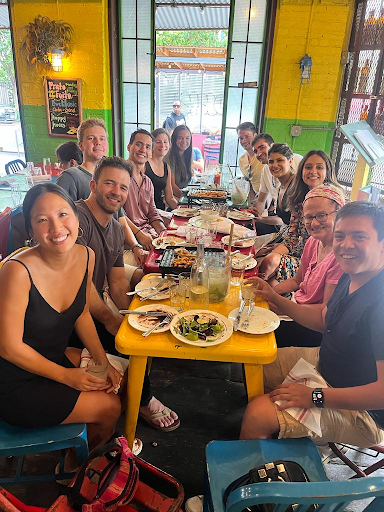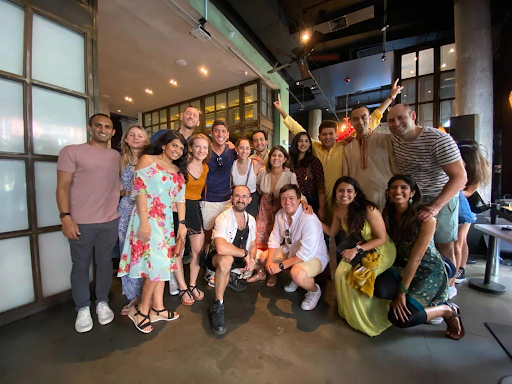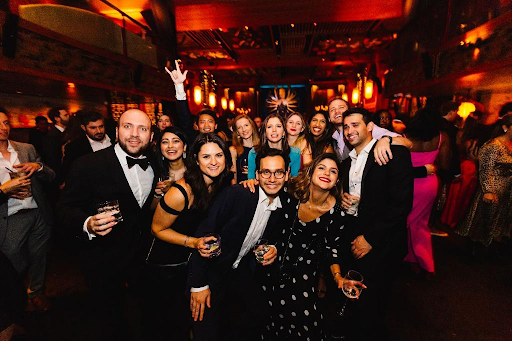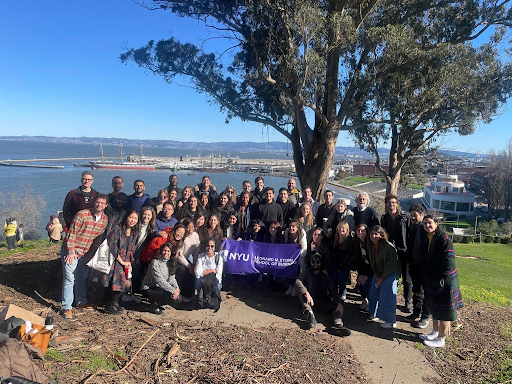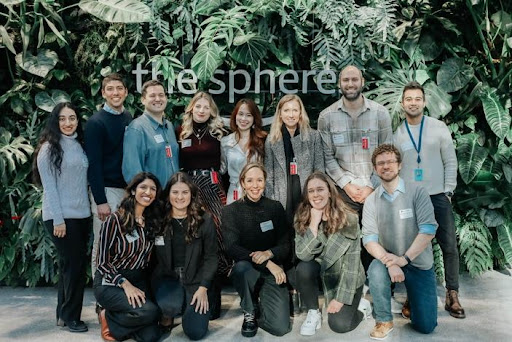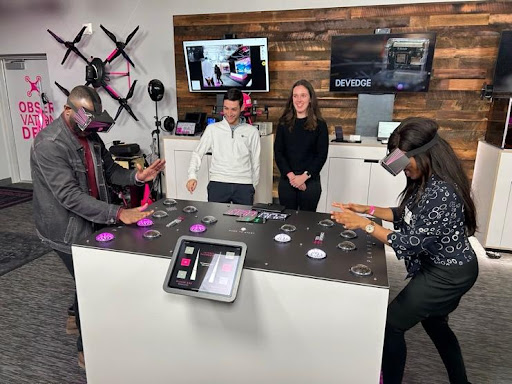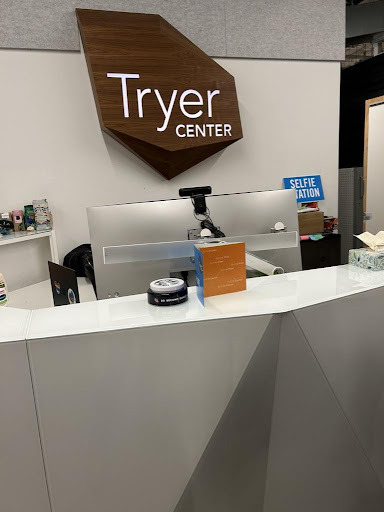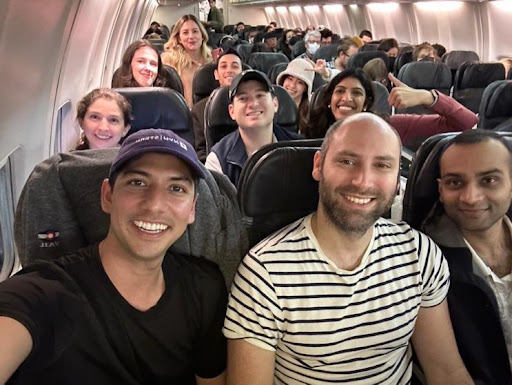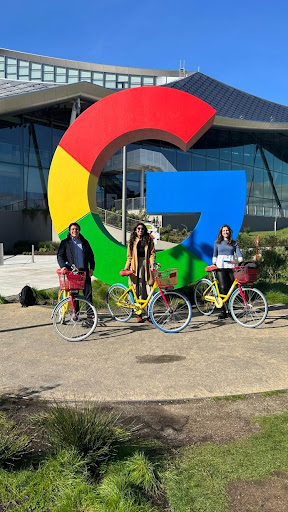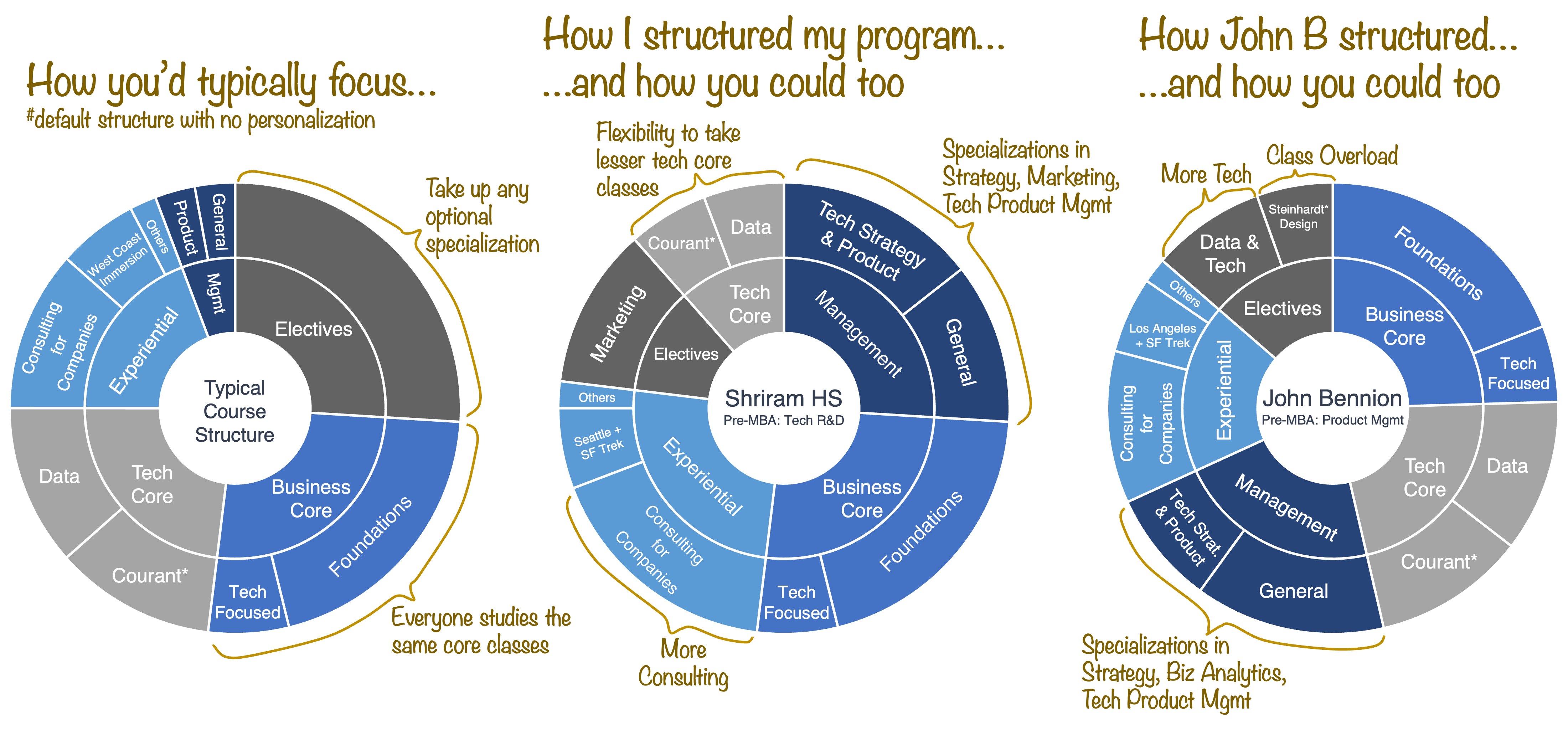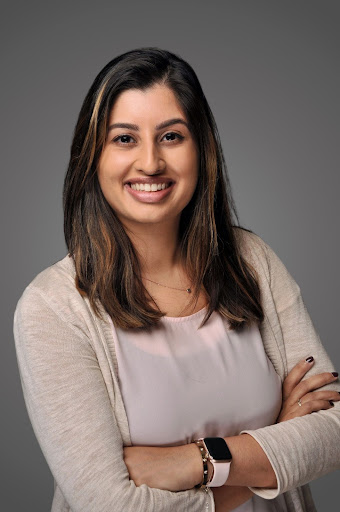Author: Alvaro is a current Tech MBA specializing in Product Management and Strategy. Before Stern, Alvaro was a Technology Consultant and Product Manager at PwC, supporting clients through various cloud transformations and product strategy initiatives. Post-MBA, he plans to pursue product and strategy roles in the tech industry. Outside of work, Alvaro enjoys going on long (some very long) runs, hiking, and hanging out at the nearest NYC park with friends from all walks of life.
Starting my MBA just a few months after Chat GPT was released, I knew it was going to be transformative in every possible way. As a savvy tech person, I was already leveraging GenAI in my daily life before joining the MBA and was curious to what extent I would be able to use it and even dive deeper into it during my one-year tech-focused MBA at Stern. Below are three ways in which most of my colleagues and I have been able to take advantage of this general-purpose technology.
Enhancing classwork through real-world application
From our first “Dealing with Data” class, we were taught how to connect to OpenAI API to analyze the sentiment and topics from product reviews and news articles of companies of our choice. One of my teams later leveraged this in a product that we designed, built, and launched for our “Foundations of Networks and Mobile Systems” class, where we established an API connection to ChatGPT to provide recommendations on the top 3 most mentioned dishes for restaurants in the city. Lastly, classes like “Data Science – Technical” have been instrumental in providing the theory and the practice on how to train Machine Learning models such as LLMs that power these chatbots.
From a less technical and more strategic standpoint, GenAI has been a topic of discussion in most of my classes. Through the different curricula, we have covered how GenAI can be used to enhance customer engagement initiatives, drive product innovation, and craft compelling brand narratives and messaging. We have also explored how to proactively shape a company’s or product’s positioning to adapt to potential future trajectories of this rapidly evolving technology.
Market Analysis and Research:
GenAI has been incredibly helpful for many MBA classes, where we are often tasked with mastering the ins and outs of industries and sub-industries overnight. It also comes in handy during lectures when providing additional explanations, context, or clarifications on topics being discussed, making it easier to understand complex concepts and encouraging curiosity and personalized learning.
While serving as a Venture Associate at Endless Frontier Labs, I supported a startup’s goal of breaking into the US market from abroad. Creating a market analysis and go-to-market strategy with the level of detail that was delivered and in the timeframe requested would have been nearly impossible without GenAI’s aid for research purposes. Two examples of data points GenAI was able to provide (with sources to reputable agencies) within seconds are the average km of aqueducts owned by the top 10 aqueduct operators and the number of hydropower generators in the US whose water source comes from snowpack.
Your personal recruiter:
For recruiting purposes, GenAI can be used in many helpful ways throughout the whole cycle. Here are some ways I have used it:
- Gather information on company culture, mission, and values, as well as recent news that might be relevant to the position.
- Analyze job descriptions and match them with your resume to identify areas that align with the specified qualifications and areas that do not.
- Hold mock interview sessions, inputting job descriptions and asking for a mock interview session with detailed feedback after every answer in return (using ChatGPT mobile app voice chat feature).
LinkedIn Premium has also added AI-powered insights, job fit assessments, and tips, all in the form of an AI chatbot. With this chatbot, you can ask questions like “How can I best position myself for this job?” or “Can you review my profile and suggest specific experiences I should highlight?”
As this technology continues to advance, there’s no doubt that GenAI will become increasingly integrated into business education and business as a whole. My experience at Stern has shown how transformative it can be when embraced and leveraged effectively.
Disclaimer: No, this blog post was not written using Generative AI.
